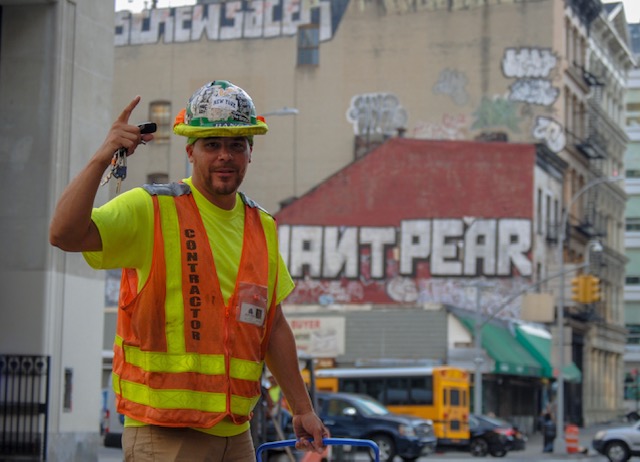Protecting Construction Workers from Heat Illness: What Employers Must Do Under OSHA Guidelines
 By our New York Construction Accident Lawyers
By our New York Construction Accident Lawyers
As temperatures continue to rise during the summer months, construction workers face growing risks of heat-related illness and injury on the job. According to OSHA, employers are legally responsible for providing a workplace that is free of known safety and health hazards—including heat-related hazards. Failing to do so could result in serious harm to workers and legal liability for construction companies.
OSHA’s 2022 National Emphasis Program on Outdoor and Indoor Heat-Related Hazards, along with CPWR’s Heat Illness Prevention (HIP) checklist, provides a clear framework that construction employers should be following. Yet too often, we see workers injured or even killed by preventable heat-related illnesses because basic safety measures were not in place.
As New York construction accident lawyers, we represent workers and families harmed by these very failures. Here’s what every contractor, site supervisor, and safety officer should be implementing now:
1. Pre-Task Hazard Analysis for Heat Risks
Before any shift, employers should assess job tasks for potential heat stress risks. This analysis must take into account not just ambient temperatures, but also humidity, physical exertion, PPE worn, and work environment (e.g., indoor vs. outdoor, shaded vs. sun-exposed).
2. Employee Training
All workers must be trained on:
- Risk factors and symptoms of heat-related illness
- Importance of hydration
- When and how to report symptoms
- Administering first aid
- Emergency response procedures
Training should be in a language the worker understands and conducted regularly—especially ahead of the summer season or a heat wave.
3. Trigger Conditions for HIP Plan Activation
Employers must establish clear criteria—such as local or national heat index alerts—for when the heat illness prevention plan goes into effect.
4. A Written, Site-Specific HIP Plan
This plan should be accessible to workers and include:
- Unlimited access to cool drinking water
- Mandatory rest breaks in shaded or air-conditioned areas
- Adjusted work schedules (e.g., early start times or reduced work in peak heat)
- Use of buddy systems and on-site heat monitors
- Cooling vests or fans where applicable
5. Designation of a Competent Person
A trained individual must be on-site to oversee the implementation of the HIP plan and monitor conditions and worker safety in real-time.
6. Acclimatization Protocols
New, returning, or vulnerable workers (including pregnant workers and temporary laborers) must be closely monitored. Acclimatization is critical during the first week on the job or during sudden heat spikes. The plan should gradually increase exposure and provide additional supervision during this period.
7. Temperature and Humidity Monitoring
Heat isn’t just about the temperature. Employers should monitor the heat index and understand how relative humidity and workload contribute to heat stress. Indoor and outdoor environments alike must be assessed continuously during hot conditions.
8. Emergency Response Plan
There must be a clear, tested plan in place for responding to heat-related illness, including immediate first aid, transportation, and communication with emergency services.
Negligent Employers Can Be Held Liable
When construction companies fail to protect workers from heat illness, and injuries or fatalities occur, they can and should be held accountable. OSHA violations may result in penalties, but injured workers may also have the right to bring personal injury or wrongful death claims—particularly when a third party or gross negligence is involved.
If you or a loved one has suffered from heat-related illness on a New York construction site, contact our experienced trial lawyers at Gair, Gair, Conason, Rubinowitz, Bloom, Hershenhorn, Steigman & Mackauf. We have a long history of representing union and non-union construction workers in complex workplace injury cases—and securing the justice and compensation they deserve.
Resources:
 New York Personal Injury Attorneys Blog
New York Personal Injury Attorneys Blog


